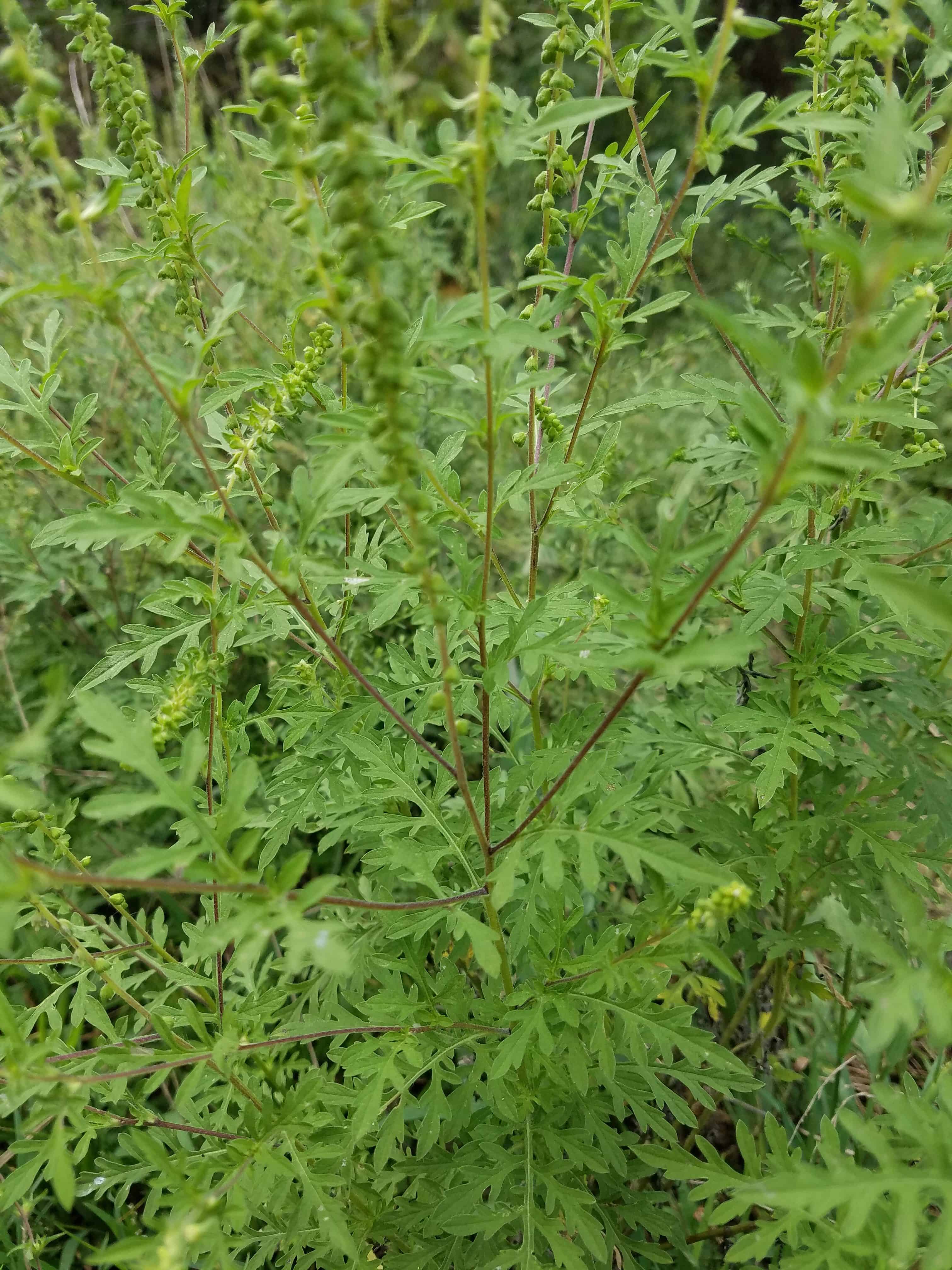The internet is in a craze right now with deer season. Season has opened up in a few states and will be opening throughout the country in the coming month. The long wait is almost over! It’s been a summer full of hard work, planning, and improving the land. Over the last month there have been acres and acres of food plots planted from Florida to Michigan and everywhere in between. I’ve heard the question asked over and over again, “What’s the best food plot to plant?”
That question seems to get asked a lot both in the spring and the fall when we all head to the farm to plant our favorite food plots. This brings up an interesting conversation I had recently on a consultation in Illinois. A friend of the landowners asked me, “What’s the best plant for deer?” What a loaded question that was! It didn’t take me long to start narrowing the list down. Soybeans usually take the top in a lot of conversations. Alfalfa and perennial clover are also mentioned in this conversation frequently because of their ability to provide forage almost year round, minus the dog days of winter. Some land managers will want to mention corn as one of the top plants for deer. Without providing quality forage through the summer, I look at corn as a hunting strategy for late season rather than management strategy, plus it’s difficult to grow in many places across the country where whitetails call home. If we’re looking for the “ideal plant” it has to be something that can grow almost anywhere. The ideal plant needs to require few soil amendments to keep cost low to produce. Soybeans, being a non-native require soil amendments to be productive.
Here’s the million dollar question. What’s the ideal plant for deer? Obviously, it doesn’t matter what the plant is if it’s planted in a monoculture, the overall production of the farm would decrease. But! If we’re asking the question we have to at least humor ourselves with an answer. Here’s what I’m looking for, a plant that’s easy to grow across the country with little to no soil amendments. I’m also looking for a plant that can provide forage as well as cover. This plant also needs to be productive for a multitude of species not just deer! Common Ragweed, although getting a bad rap for it’s pollen count and countless sneezes is a wonderful plant! It’s easy to grow, doesn't take any soil amendments, can grow over four feet tall in one year, and survive the extreme heat of summer when other plants are fighting to grow. Looking at the long list of plants with wildlife benefit it’s hard to look away from Common Ragweed.
For more information about Common Ragweed check out our podcast where we discuss it almost every week!
For Love of the Land,
Adam

